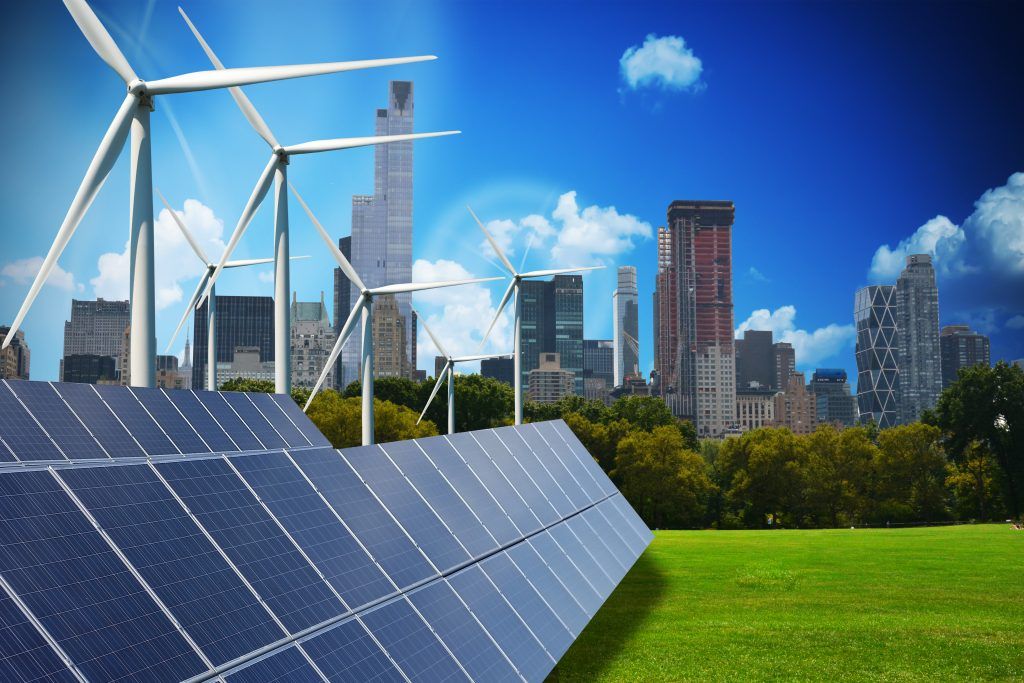The rise of renewable cities
By Lucien Crowder | February 28, 2018

The prospect of worsening climate change can stress you out pretty badly. Some folks are losing sleep over it. Others are foregoing parenthood.
But now and then, encouraging news emerges—a technological breakthrough, or an ambitious government policy, or a punch to the gut for coal. This week’s good news is a report by CDP, an environmental outfit with an unlovely name, on the increasing number of cities that run mostly on renewable energy. The report, flagged by Georgina Gustin of Inside Climate News, shows that more than 100 urban areas now derive at least 70 percent of their power from some combination of wind, solar, hydro, and biomass. When the Paris Agreement was reached in 2015, just 42 cities could make the same claim.
Of the 100 cities, 57 are in Latin America, and they depend primarily on hydropower. In the United States, only four cities meet the 70-percent threshold: Seattle; Burlington, Vermont; Eugene, Oregon; and Aspen, Colorado. Aside from Seattle, those aren’t exactly megalopolises. But 58 US cities, including big places such as Atlanta and San Diego, intend to reach similar levels of renewable usage within the next two decades.
An excuse for a party? Not really. But maybe an excuse for a good night’s sleep.
Publication Name: Inside Climate News
To read what we're reading, click here
Together, we make the world safer.
The Bulletin elevates expert voices above the noise. But as an independent nonprofit organization, our operations depend on the support of readers like you. Help us continue to deliver quality journalism that holds leaders accountable. Your support of our work at any level is important. In return, we promise our coverage will be understandable, influential, vigilant, solution-oriented, and fair-minded. Together we can make a difference.
Topics: Climate Change, What We’re Reading















